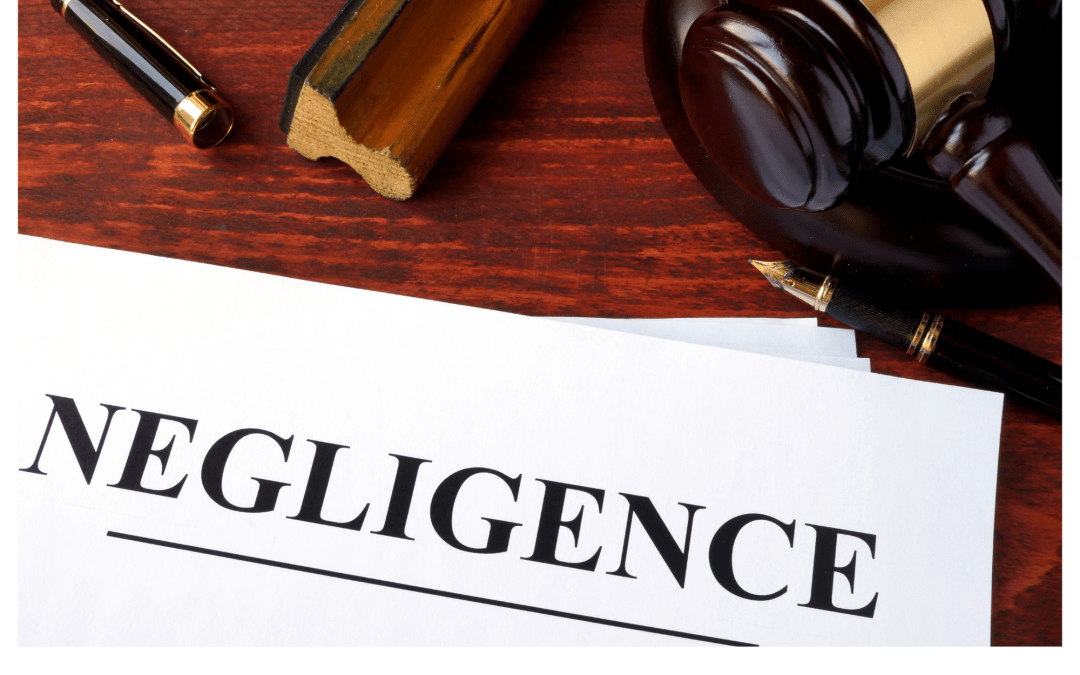
by KPMLAW | May 18, 2021 | KPMBlog, News, Profiles
Written by Kevin Kennedy, Esq. Edited by Bill Pfund, Esq. When a claimant is injured at a construction site, his attorney typically names the general contractor as the lead defendant in the case and the party responsible for the condition that gave rise to the injury. The general contractor’s first response is to quickly bring third party claims against multiple subcontractors who may have had involvement with whatever part of the construction project gave rise to the personal injury claim. Those third party claims usually consist of two main theories of recovery. The first theory is the standard negligence claim. For example, the framer responsible for securing cross beams negligently performed his work, thus causing the beam to fall and strike the pedestrian. However, the more powerful claim is often rooted in an indemnification clause that the subcontractor accepted as part of the contract when it agreed to perform a portion of the construction project for the general contractor. That clause may read something like “subcontractor agrees to indemnify and hold harmless general contractor for any and all claims arising out of [the construction project], caused by or resulting from the negligence of either the subcontractor or the general contractor.” The general contractor will assert in its third party claim that this indemnification clause requires the subcontractor to assume the defense of the case and pay for any judgments taken against the general contractor in the underlying suit. But is this contract valid under Virginia law, and does the subcontractor have to accept the general contractor’s tender? Many states have taken action to protect subcontractors with diminished bargaining...

by KPMLAW | May 11, 2021 | Events, KPMBlog, News, Profiles, Uncategorized
Written by Robert Worst, Esq. Edited by Bill Pfund, Esq. Does anyone remember that Ethan Hawke, Uma Thurman, Jude Law futuristic movie from the 90’s “Gattaca”? In it, humans could purchase select genetic characteristics for children if they had enough money. The outcasts were the children born naturally without genetic enhancement. One particular threat in the movie was that insurance companies had begun basing insurance coverage and rates on a person’s level of genetic enhancement and would not insure natural, non-modified persons due to the perceived higher risk of illness, injury or death. The movie tapped into our collective fear over the loss of control of our private information and big business’s ability to use that information against us. One area of Virginia insurance and motor vehicle law codified that fear by protecting another form of personal information: the way we drive. The result is that potentially useful information recorded by the Airbag Control Module after an accident may be difficult or impossible to obtain. The Virginia General Assembly introduced House Bill 816 in 2006 amending Virginia’s insurance and motor vehicle laws to prohibit insurers from using data recorded by motor vehicles against the vehicle’s owner. Va. HB 816 added a new subsection “s” to Va. Code §38.2-2212. This statute already prohibited insurers from refusing to renew a motor vehicle insurance policy solely because of constitutionally protected status such as age, gender, and race. The new section “s”, however, also included “the refusal of a motor vehicle operator … to provide access to recorded data from a recording device” in the vehicle. A new section, Va. Code §38.2-2213.1, further...

by KPMLAW | May 4, 2021 | KPMBlog, News, Profiles
Written by Nick Marrone, Esq Edited by Bob McAdam, Esq. Jurisdictions differ as to who controls medical treatment in workers’ compensation claims. In Virginia, when an employee is injured in a compensable claim, the burden is on the Employer and Insurer to furnish a panel of three physicians from different facilities/or practice groups for the Claimant from which to choose. If two or more of the physicians are from the same facility or practice group, even if they practice out of different locations, the panel will be invalid. Unfortunately, as practices have consolidated across the Commonwealth creating valid panels have become more difficult. The panel must be provided to the Claimant in writing. Posting it in the bcareak room or putting it into the employee’s handbook will not suffice. A panel will also be invalid if a doctor refuses to treat workers’ compensation patients. Employers and Insurers, therefore, should be sure to have proper panels drafted prior to any report of accident and they should be sure to regularly update them to avoid the issues noted above that can result in an invalid panel. Once selected that provider becomes the treating provider. If a panel is not properly offered to the Claimant, or if the claim is denied, the Claimant is permitted to see the doctor of their choice. It is best to avoid this outcome, of course, as Claimants’ attorneys will often send their clients to Claimant-friendly providers. However, even if a panel is not provided or if a claim is denied once the Claimant establishes a course of treatment – typically at least three visits – with...

by KPMLAW | Apr 26, 2021 | Uncategorized
Recognizing Inclusion for the Next Generation (RING) is a certification program that evaluates an organization’s commitment to embracing and expanding Diversity, Equity, and Inclusion initiatives. Established in 1990 and operating four mid-Atlantic offices, KPMLAW recognizes that diversity in both the workforce and in firm leadership is essential for maximizing business effectiveness and potential. KPM upholds the belief that promoting and expanding a commitment to diversity and inclusion will assist KPM LAW in its relentless pursuit of excellence and service to its clients. Learn more about RING Certification: www.ringcertification.org....

by KPMLAW | Apr 14, 2021 | KPMBlog, News, Profiles, Uncategorized
Written by Brian Clarry, Esq. Edited by Bill Pfund, Esq. In Virginia, an injured person can recover up to $350,000 in punitive damages if the defendant acted with “willful and wanton negligence.” Whereas compensatory damages (which are not capped) are meant to make the injured person whole, punitives seek to punish the wrongdoer and deter others from similar conduct. Doe v. Isaacs, 265 Va. 531, 536 (2003).[1] It can be difficult, however, to determine whether the defendant’s conduct rises to the level of willful and wanton negligence; there is no bright-line rule, and the court will make a determination based on each case’s unique facts. Alfonso v. Robinson, 257 Va. 540, 545 (1999). There are three types of negligence: 1) Simple Negligence, 2) Gross Negligence and 3) Willful and Wanton Negligence. Simple negligence is easy to understand and spot: think fault. Gross negligence is essentially “shocking fault.” The third level of negligent conduct is “willful and wanton negligence.” This conduct is defined as “acting consciously in disregard of another person’s rights or acting with reckless indifference to the consequences, with the defendant aware, from his knowledge of existing circumstances and conditions, that his conduct probably would cause injury to another.” Cowan v. Hospice Support Care, Inc., 603 S.E.2d 916, 919.[2] A helpful way to repackage this standard is to ask whether the individual acted in a way that showed that the defendant did not care at all if someone else was about to be seriously injured by the actions he was taking. If the defendant had such utter disregard for the safety of others, then assess if there are...






